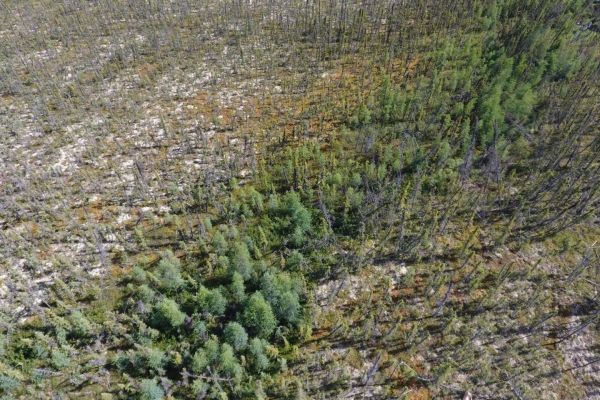New research indicates that the computer-based models currently used to simulate how Earth’s climate will change in the future underestimate the impact that forest fires and drying climate are having on the world’s northernmost forests, which make up the largest forest biome on the planet. It’s an important understanding because these northern forests absorb a significant amount of Earth’s carbon dioxide.
The finding, reached by studying 30 years of the world’s forests using NASA satellite imaging data, suggests that forests won’t be able to sequester as much carbon as previously expected, making efforts to reduce carbon emissions all the more urgent.
“Fires are intensifying, and when forests burn, carbon is released into the atmosphere,” says Boston University environmental earth scientist Mark Friedl, senior author on the study published in Nature Climate Change. “But we’re also seeing longer growing seasons, warmer temperatures, which draws carbon out of the atmosphere [and into plants]. More CO2 in the atmosphere acts as a fertilizer, increasing growth of trees and plants—so, scientifically, there’s been this big question out there: What is happening on a global scale to Earth’s forests? Will they continue to absorb as much carbon as they do now?”
Today’s forests capture about 30 percent of all human-related CO2 emissions, which Friedl calls a “huge buffer on anthropogenic climate change.” The new study, however, reveals that scientists have so far been underestimating the impact that fires and other disturbances—like timber harvests—are having on Earth’s northern forests and, at the same time, have been overestimating the growth-enhancing effect of climate warming and rising atmospheric CO2 levels.
Read more at Boston University
Image: The study focused on wooded peatland and forests like the landscape pictured here near the town of Wrigley in Canada's Northwest Territories. This drone imagery was taken by then-BU PhD candidate Jonathan Wang during June 2017. (Credit: Courtesy of Jonathan Wang)


